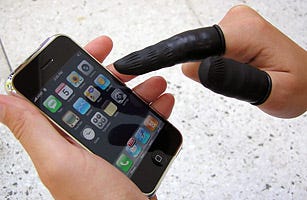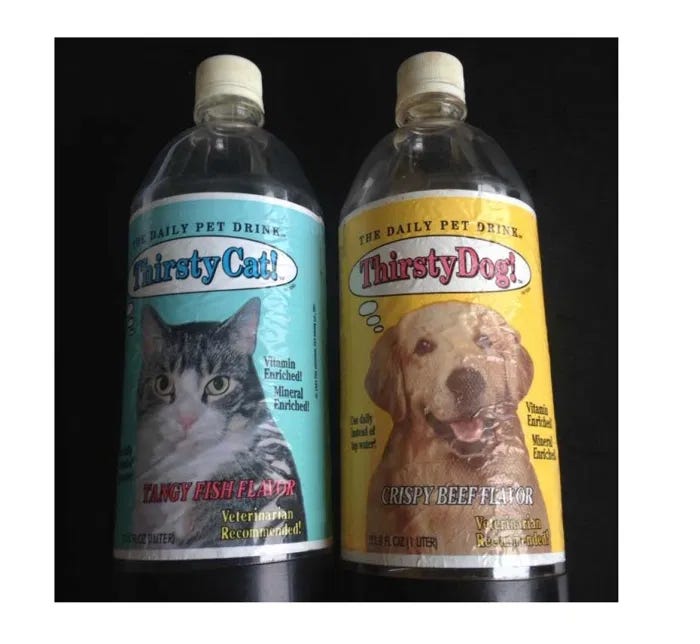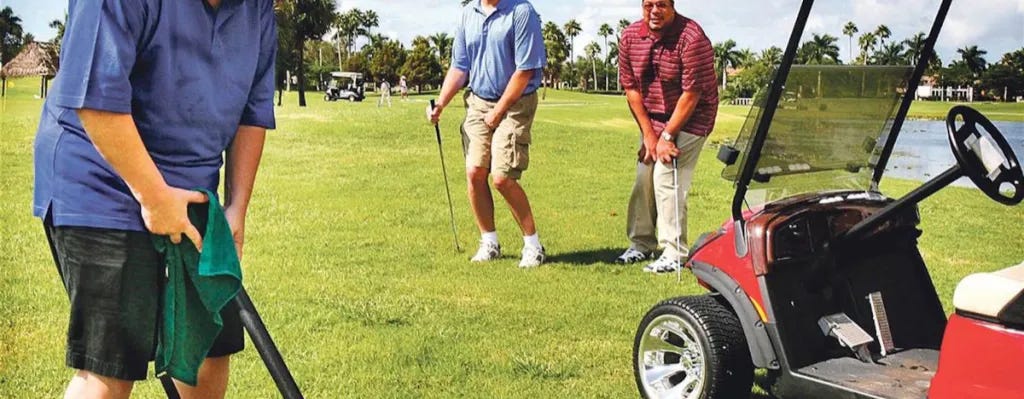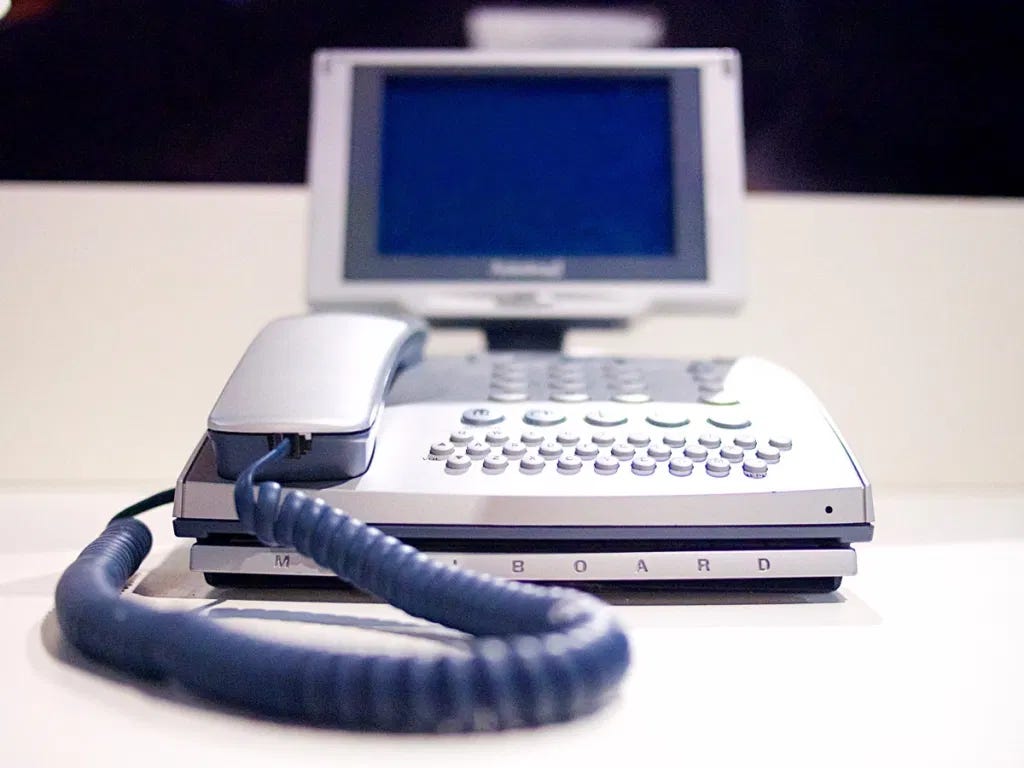Sinclair C5 advertisement
I was surprised to recently discover, The Disgusting Food Museum in Malmö, Sweden, the brainchild of Samuel West, another psychologist, which opened in 2018. It’s a top tourist attraction where 85 culinary conundrums are on display. At the end of your visit, there is an opportunity to taste a dozen of them. Disgusting is a good term if you’re running a tourist attraction but when nearly a third of the exhibits are Asian, its critics have accused it of cultural insensitivity and racism.
That said, Lakkris Djöflar, a salty liquorice sweet, popular in Nordic countries is also included as well as a rotten fish. Once and only once, I had the pleasure of trying the liquorice sweet on my travels. It’s disgusting and calling it a sweet should be against all trade descriptions. My apologies to the one Danish reader I know who reads this and my English insensitivity and inflexible narrow tastes.
The Museum of Broken Relationships
In 2016, West was in Zagreb, Croatia at another unusual museum; one for broken relationships which included a diet book a less than happy woman received from her betrothed. West, who has lived in Sweden for 20 years, extended the idea of failure to business products and services, opening in Helsingborg a year later.
I think this is a wonderful idea. Failure and learning from it is an extremely important life lesson for us all. As his web site says, innovation and progress require an acceptance of failure.
Fabulous clangers
There is now a collection of nearly 100 products. If you want to see them the A&D Museum in Los Angeles is the place to go. Fortunately, they’re also available here, if you feel the urge to browse further.
Some of the funnier gaffs below are wonderful demonstrations of just how wrong we can be.
Phone fingers
An Austrian company presumably looking for more compulsive obsessives who insist on a clean screen started selling latex fingers in a variety of colours for €10. Almost a bargain, except they were tricky to get on. Even a printable how big are your fingers chart couldn’t save them.
Thirsty Dog and Thirsty Cat
Oh dear, bottled water for pets. Crispy Beef flavour for dogs and Tangy Fish for cats entered the market in 1994. The water was fortified with vitamins and minerals and was destined to replace the use of tap water. Expectations of a fortune were short-lived, there was no 1995 for either flavour.
UroClub
Surely not? It looks like a normal golf club, except the top unscrews to reveal a hollow tube to pee in. It ships with a privacy towel to avoid embarrassment. The brainchild of a urologist, it launched in 2008. You can still buy one for $24.95 while stocks last.
Fizzy drink u-turns are quite common.
New Coke launched in 1985 because of a brilliant marketing campaign by Pepsi and The Pepsi Challenge, started 10 years earlier. Consumers preferred the sweeter Pepsi in blind taste tests, so Coke changed their formula. It wasn’t a popular move and the old recipe was re-introduced as Coca-Cola Classic. New Coke disappeared off the shelves in 2004.
They also failed with Coca-Cola Blāk, a more sophisticated coffee formula for an over 30 over-achiever. Introduced in 2006, it was gone 2 years later.
Crystal Pepsi, 1992-3, in case you thought I was biased, tried to tap into the idea of purity. It was a clear drink backed by a massive advertising campaign. It was an instant success, sales were good until people tasted it.
Trump gets two entries
I’d argue that he deserves three.
Trump The Game, was a boring and more complicated version of Monopoly. Launched again after his success with The Apprentice, it flopped for good in 2004.
Trump University, which wasn’t a university, ran for 5 years from 2005. A crash course in property, asset management, being entrepreneurial and making money. After multiple investigations defrauding students, it closed with a $25 million settlement being agreed in March 2017 in a class action lawsuit.
More serious entries
I was surprised to see that Boeing 737 Max is listed primarily because the well documented failures are relatively recent and planes have largely been reinstated. It is, however, a story of corporate greed and cutting corners, taking a hugely successful plane and trying to upgrade it with new engines rather than designing a whole new one.
Sony Betamax
I was working for Sony when the videotape format wars were in full-swing. It is a classic lesson that a superior technology and being first, doesn’t always guarantee success. JVC released VHS a year after Sony launched Betamax. Instead of refusing to licence the technology as Sony did, JVC had an ecosystem of partners. It resulted in a greater selection of films being available to buy or rent and the demise of the Betamax format.
Blockbuster
Blockbuster Video is also listed. In 2004 it had over 9,000 stores. A profitable source of income were the late fees when videos weren’t returned on time. A DVD mail-in service was started in 1997 which worked on a subscription model. Keep the film for as long as you like and no late fees was their promise. That company was Netflix. 207 million paid subscribers later, it destroyed Blockbuster.
Segway
Probably listed because of the enormous hype that accompanied the launch of this people mover. Segway are still going, morphing into scooters and self-balancing transporters with no handles. But the original promise was never realised except perhaps in shopping malls.
Amstrad e-mailer
Another Apprentice star confined to the annals of failure is Lord Sugar with his e-mailer. An early attempt to democratise email for everyone it combined a phone with email and internet access. Dial-up was always going to be problematic and consumers were billed per minute and per email while also having to suffer onscreen advertising.
Failure is temporary
The biggest failure of all is failing to learn from our own mistakes. Failure could also be better described as a temporary aberration. It’s an experience which is seen and felt in a variety of ways. The important point is to accept that it can and will happen, understand why, but don’t dwell on it for any longer than necessary. Moving on is an important part of the process.








